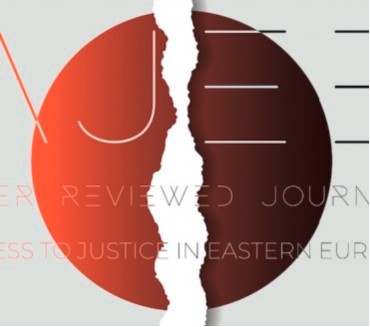Summary: 1. Introduction. – 2. Methodology. – 3. Improving the Performance of the Tax Administration. – 3.1. In Terms of Human Resources. – 3.1.1. Increase in the Number of Auditors. – 3.1.2. Improved Training of Auditors. – 3.1.3. Strengthening the Motivation of Auditors. – 3.2. In terms of Material Resources. – 3.2.1. Strengthening the Computerization of Tax Administration Services. – 3.2.2. Equipment of Tax Administration Services. – 4. The Development of Quality Services. – 4.1. Access to Tax Legislation and Information. – 4.1.1. Stability of Tax Law. – 4.1.2. Simplification and Accessibility to the Tax Law. – 4.2. Improving Tax Procedures and Techniques. – 4.2.1. At the Level of the Tax Base and Assessment. – 4.2.2 At the Level of the Tax Collection. – 5. The Effects of Tax Administration Governance on Relations with Taxpayers – 6. Conclusion.
Background: Unlike other public administrations, tax administration interacts with users of public services in a unique context. It does not operate for the benefit of individually identified individuals but rather for the benefit of the community as a whole.
As a result, taxation is rarely perceived as a pleasant reality, and those responsible for its administration often face difficult relations with taxpayers. Based on this observation, this research seeks to highlight the extent to which a sustained process of governance within tax administration contributes to its overall performance. The tax administration must balance two key imperatives: ensuring revenue for the state and local authorities while also striving for the efficient and equitable application of the tax system.
Methods: This research is based on a systemic approach, enabling an analysis of the inputs and outputs of tax administration, especially its relations with taxpayers. This includes an examination of techniques, methods, rules, powers, and tax procedures, along with an assessment of their limitations. A comparative aspect is also present in this research, allowing for an evaluation of tax administration governance in developing countries compared to developed countries, particularly in Europe.
Furthermore, the research opts for an analytical and descriptive approach to examine the realities of tax administration, identify its failures, and develop recommendations aimed at improving its performance and governance.
Results and conclusions: This article contains results and recommendations, highlighting that although tax administration has seen some improvements in recent years, it still requires greater efficiency, transparency, and overall performance.
To achieve these objectives, tax administration must be enhanced by improving its performance, guaranteeing quality services, and establishing cooperative—if not partnership-based—relationships with taxpayers.

